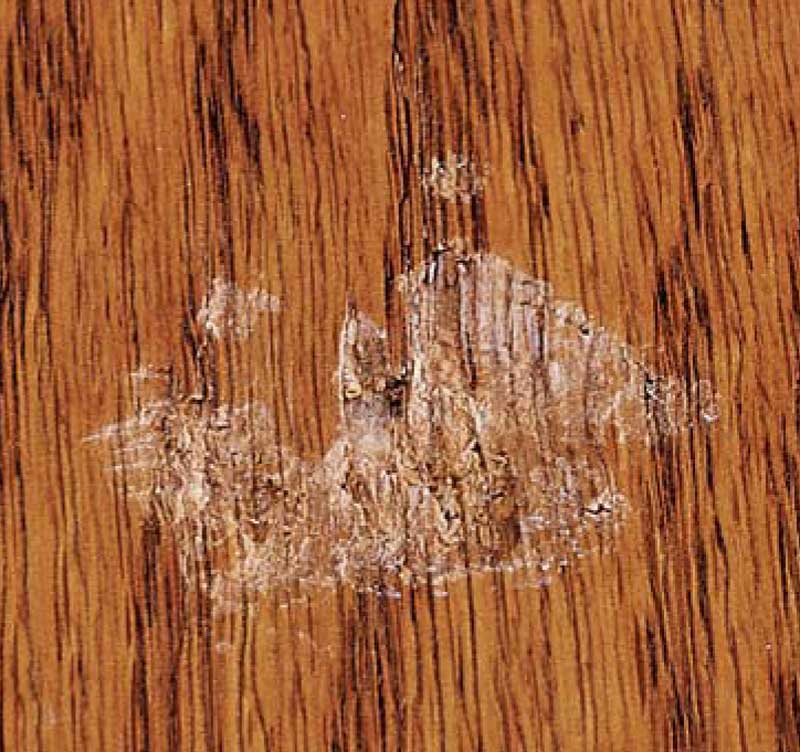Damaged Like Wood
Wood, a material prized for its versatility, beauty, and strength, can suffer damage over time due to various environmental factors and conditions. Recognizing the signs of wood damage is crucial for maintaining the structural integrity and aesthetic appeal of your home. This article explores the common signs of wood damage, the types of damage that can occur, and the steps you can take to address and prevent further deterioration.
Signs of Wood Damage
Wood damage often starts subtly but can progress to severe deterioration if left unchecked. The following signs indicate advanced wood damage:
- Darkening and Discoloration: Wood that has been exposed to moisture often darkens as it absorbs water. This discoloration is usually one of the first signs of water damage, signaling that the wood’s fibers are starting to break down.
- Shrinking and Warping: As wood absorbs moisture, it may expand, and when it dries out, it contracts. This cycle of expansion and contraction can lead to warping, bowing, or shrinking, which distorts the wood’s shape and structure.
- Soggy or Spongy Texture: Advanced water damage results in a soggy, spongy appearance. When wood becomes saturated with water, its fibers weaken, making the wood soft and pliable. This is often a sign of severe damage, indicating that the wood may no longer be structurally sound.
- Cracks and Splits: Wood that has undergone significant stress due to environmental factors, such as changes in humidity or temperature, can develop cracks and splits. These fissures weaken the wood and can lead to further deterioration.
- Mold and Mildew: Persistent moisture issues create the perfect environment for mold and mildew to thrive on wood surfaces. These fungi not only damage the wood but can also pose health risks to occupants of the home.
Common Causes of Wood Damage
Understanding what causes wood to become damaged is essential for preventing and addressing the issue. Here are some of the most common sources of wood damage:
- Moisture and Humidity: Prolonged exposure to moisture is the leading cause of wood damage. This is particularly common in areas like basements and crawl spaces, where humidity levels tend to be higher. Water can seep into the wood, leading to swelling, rot, and the growth of mold and mildew.
- Termite Infestation: Termites are notorious for causing extensive damage to wood structures. They consume the cellulose in wood, hollowing it out from the inside while leaving the outer surface relatively intact. This can make the wood appear undamaged on the outside, while the interior is severely compromised.
- Fire Damage: Wood is highly flammable, and fire can cause significant damage. The heat from a fire weakens the wood, causing it to char and lose its structural integrity. Additionally, smoke and soot from a fire can penetrate deep into the wood’s pores, leaving behind unpleasant odors and potential health hazards.
- Environmental Factors: Changes in temperature and humidity can cause wood to expand and contract, leading to warping, cracking, and splitting. In regions with extreme weather conditions, wood is particularly susceptible to these types of damage.
Addressing and Preventing Wood Damage
The key to dealing with wood damage is early detection and appropriate intervention. Here’s how you can address and prevent further damage:
- Inspection and Maintenance: Regularly inspect wood surfaces for signs of damage, especially in areas prone to moisture or pest infestations. Address any issues as soon as they are detected to prevent them from worsening.
- Moisture Control: Keep your home well-ventilated and manage humidity levels to prevent moisture buildup. In areas like basements and crawl spaces, consider installing a dehumidifier or waterproofing system to protect the wood.
- Pest Control: If you suspect a termite infestation, consult a professional pest control service immediately. Early intervention can save your wood structures from extensive damage.
- Fire Prevention and Protection: Use fire-resistant coatings and treatments on wood surfaces to reduce the risk of fire damage. In case of a fire, consult professionals to assess whether the wood can be restored or needs replacement.
- Professional Restoration: In cases of severe damage, whether from water, fire, or pests, it’s often best to call in professionals. They can assess the extent of the damage and recommend the appropriate course of action, whether it’s repairing, restoring, or replacing the affected wood.
Conclusion
Wood is a beautiful and durable material, but it requires proper care and maintenance to ensure it remains in good condition. By understanding the signs of wood damage and taking proactive steps to address and prevent it, you can protect your home’s structural integrity and aesthetic appeal for years to come.




